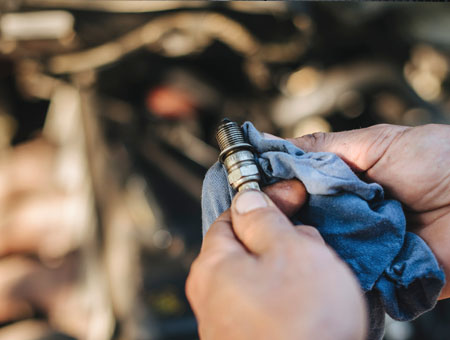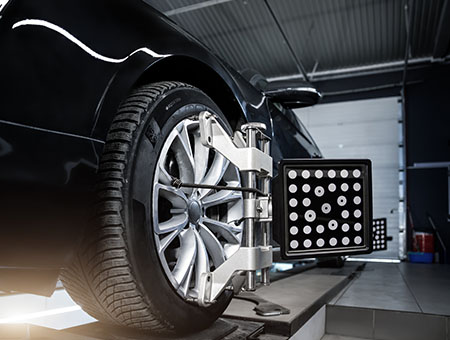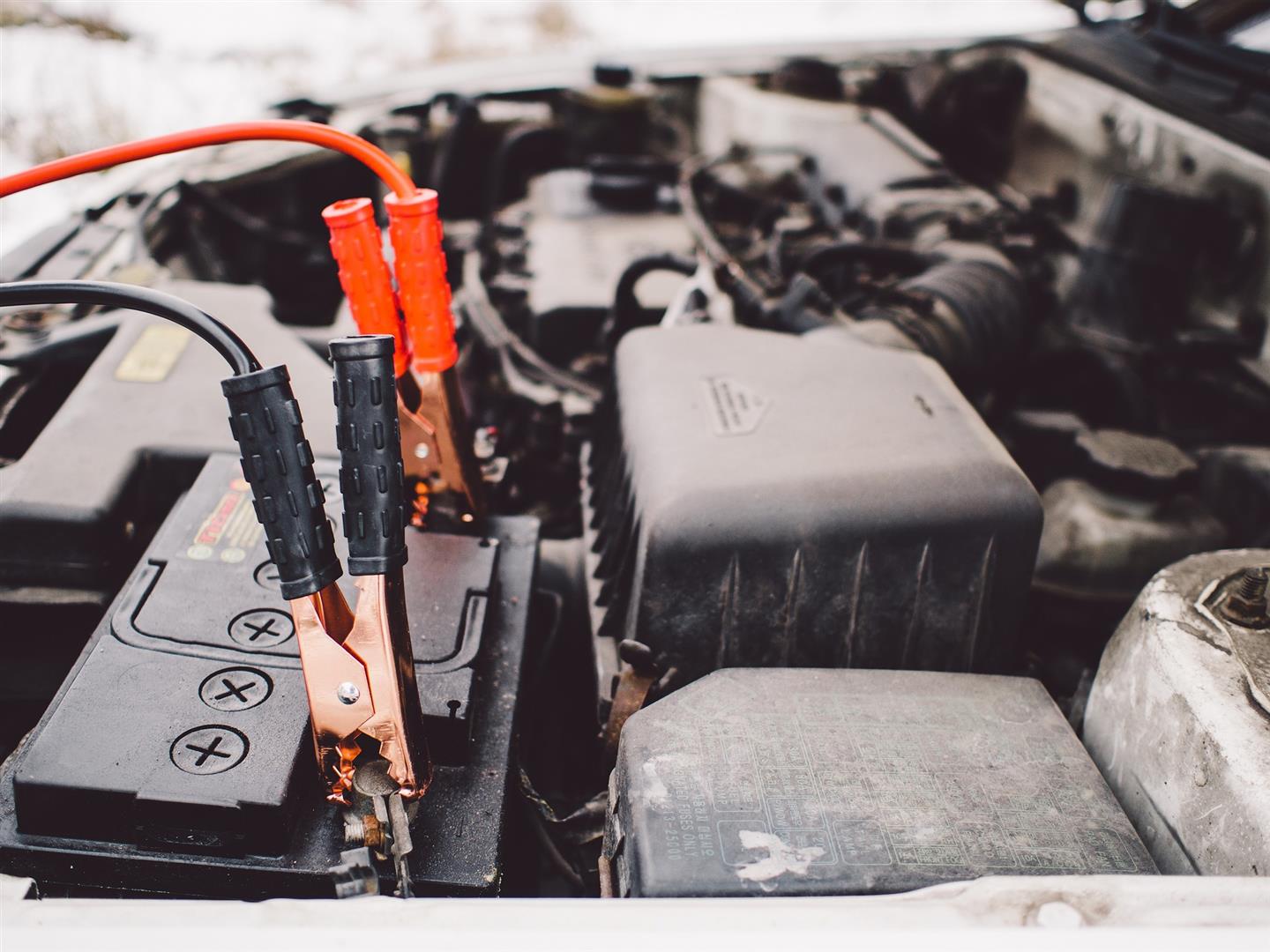Posted on 6/3/2024

A spark plug is a small but vital component in your vehicle’s engine. It generates an electrical spark that ignites the air-fuel mixture within the engine's cylinders, initiating combustion and powering the vehicle. A spark plug consists of a central electrode, a ground electrode, an insulator, and a metal shell. These are all items that will normally wear out with time and usage. At Hi-Tech Automotive, our qualified technicians can perform regular inspection and replacement of spark plugs as required. Proper spark plugs are essential for maintaining engine performance and fuel efficiency. Spark plugs have come a long way in terms of the materials used lasting longer than the old days. Typical lifespan of spark plugs can be anywhere between 80,000 to 120,000km! There are several signs that can indicate that your car may need new spark plugs: Poor Fuel Economy: If you notice a decrease in fuel efficiency or if you find yourself refueling more often than usual, it cou ... read more
Posted on 7/21/2023

What is a wheel alignment and why do I need it? This is a common question and thought of many vehicle owners. A wheel alignment is not an item that you can hold in your hands or physically see. But it is something that you can feel when driving your vehicle. When your alignment is off, sometimes it can result in a very strange and noticeable negative behaviour of your vehicle. This is especially true at higher speeds and can create a dangerous situation. With today’s complex suspension systems, expensive tires, and the ever-growing number of potholes on our Manitoba roads, having your vehicle’s alignment in proper specification is critical. Not all alignments are done the same. When having your alignment completed, it is very important that the castor, camber, and toe angles are all measured an adjusted to the proper settings as per your specific vehicle. Some vehicles even have adjustable settings in the rear in addition to the front. Many people will ignore the ... read more
Posted on 3/27/2023
.png)
As we approach the warmer weather and look forward to a wonderful Manitoba summer, one thing to consider is when you should remove your winter tires from your vehicle, if you use them. The main rule of thumb has always been once we reach a consistent day time temperature of +7 degrees Celsius, your winter tires can now be safely removed to install your all season or all weather tires. Here in Manitoba, we often experience some late season snow fall in March, April and even sometimes in May! Our recommendation is to consider both the daytime temperature highs as well as the upcoming forecast for snowfalls. You don’t want to end up removing your tires and then have a large snowfall a few days later! The reason it is critical to remove your winter tires is due to the fact that winter tires will wear out much quicker when they get hot. This can come from warm outside temperatures, or from long highway road trips on dry roads. This will reduce the life of your tires and could end u ... read more
Posted on 12/1/2022

How to safely boost a dead battery We have all had it happen to us or someone we know. We go to start our vehicle, and the battery is dead or low enough on charge that it cannot start the engine. There are a few ways to “boost” the battery. Whether that is with an external power source like a battery or booster pack, or with jumper cables hooked up to another vehicle’s battery, we want to ensure this is done safely and without damage to a vehicle’s sensitive electronics! Your best source of information regarding how to boost your battery is your vehicle owner’s manual. This is the first place you should look to find directions on how to perform this procedure. However, the most common way to perform this is as follows: Step 1: Connect the red cable/handle to the dead vehicle’s positive battery terminal (+) Step 2: Connect the other end of the red cable/handle to the donor vehicle’s positive battery termina ... read more
Posted on 2/17/2022

We often have customers that may not know what pressure they should fill their tires to on their vehicle. When inflating your tires, it is always recommended to fill them to the pressure that is printed on the sticker that will be in your driver’s door jam. This can be found by opening the driver’s door and locating the specification sticker. Your vehicle may require the same pressure in all four tires, or two different pressures for the front and rear. This pressure will be the cold tire pressure, which means the tires should be filled before they heat up from a long road trip or extended driving time. Having your tires set to the proper pressure is critical to the long life of your tires and proper handling of your vehicle. Improper pressure can lead to tires wearing quicker than they should, or even increased fuel consumption from your vehicle! Pressures should be adjusted whenever the outside air temperature changes with the seasons. It is recommended to adjus ... read more